Hip Disorders in Children – Symptoms Parents Should Never Ignore
The hip joint is one of the most important joints in the body. It allows children to walk, run, play, and perform all their daily activities with ease. But in some children, the hip may not develop normally, or it may be affected by certain conditions that lead to pain, stiffness, or difficulty walking. Hip disorders in children are often overlooked in the early stages because parents may assume their child’s limp, leg pain, or unusual posture is just a part of “growing up.” However, ignoring these signs can sometimes result in long-term complications, including permanent deformities or mobility issues. Understanding the symptoms, causes, and treatment options for hip problems in children can help parents take action at the right time. Common Hip Disorders in Children Several hip-related conditions can occur in children, each with different causes and severity: 1. Developmental Dysplasia of the Hip (DDH) 2. Perthes Disease 3. Slipped Capital Femoral Epiphysis (SCFE) 4. Transient Synovitis (Irritable Hip) Symptoms Parents Should Never Ignore Not every limp or pain means a serious problem, but certain signs should never be ignored. If your child has one or more of these symptoms, it’s important to consult a pediatric orthopedic specialist: Parent Insight: Hip disorders often show up as pain in the knee or thigh instead of the hip itself. If your child complains of knee pain but the knee looks normal, the problem could actually be in the hip. Diagnosis of Hip Disorders Doctors usually recommend: Early detection is key – the sooner hip disorders are identified, the better the chances of full recovery with minimal treatment. Treatment Options Treatment depends on the child’s age, condition, and severity: The good news is that with early treatment, most children recover fully and return to their normal activities. Conclusion A child’s hips play a vital role in their overall growth, posture, and movement. As a parent, it is important not to dismiss symptoms like limping, pain, stiffness, or unusual walking patterns as “normal.” Many hip disorders can be successfully treated if diagnosed early. If you notice any warning signs in your child, don’t delay. Seek expert guidance from a pediatric orthopedic specialist. For consultation, contact Dr. Nargesh Agrawal – Pediatric Orthopedic Specialist at Child OrthoCare. Address: C-7, Ground Floor, D- Park, Model Town -3, New Delhi 110009 Mobile: +91 88517 77145 Website: www.childorthocare.online













